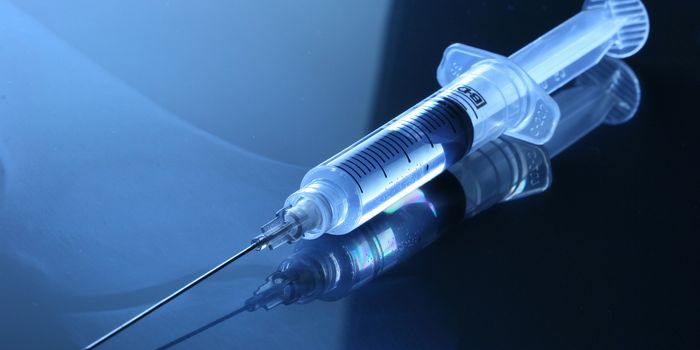Newest Treatment for Rosacea: Encapsulated Benzoyl Peroxide Cream
Rosacea is a dermatologic condition affecting the centrofacial region (cheeks, chin, nose, and forehead), resulting in symptoms of facial flushing, swollen bumps on the skin surface, and a burning sensation in the affected area. Rosacea is hypothesized to result from an overactive immune system passed down via genetics or environmental factors.
Rosacea affects around 16 million Americans, especially those between the ages of 30 and 60. Rosacea can lead to mental health issues such as low self-esteem, anxiety, depression, and an overall low quality of life due to embarrassment. According to the American Academy of Dermatology, the annual lost productivity among patients and caregivers due to rosacea is $78 million USD. While there is currently no cure for rosacea, various treatments can help get the symptoms under control.
There are numerous treatment options for the symptoms of rosacea, from oral or topical drugs to laser therapy. However, these solutions come with a variety of potential adverse effects. A common drug used in various dermatologic conditions is called benzoyl peroxide (BPO), which is available over the counter and by prescription in the United States at different dosages. It is converted into benzoic acid once absorbed by the skin and releases free radicals which in turn attack bacterial proteins.
Benzoyl peroxide has never been used to treat rosacea since patients with rosacea tend to have low tolerability with traditional benzoyl peroxide. Galderma, an independent dermatology company with a portfolio of various dermatology brands, received FDA approval for EPSOLAY® in April of 2022.
EPSOLAY® is the first and only microencapsulated benzoyl peroxide 5% cream. The formulation uses a technology from Sol-Gen Technologies to encapsulate benzoyl peroxide in microcapsules that are designed to slowly release benzoyl peroxide over time. This has been shown to increase tolerability for patients with sensitive skin, specifically those with rosacea. The most common adverse events of EPSOLAY® include pain, redness, and itching at the application site.
Check out this video to see how EPSOLAY® works:
In clinical trials for rosacea treatment, EPSOLAY® showed a reduction of bumps and blemishes by around 44% within two weeks, and nearly 70% by the twelve-week mark. This is a promising drug for a condition that affects many people around the world. It will be interesting to keep an eye out for the results of EPSOLAY® Phase IV studies.
References
Matin T, Goodman MB. Benzoyl Peroxide. [Updated 2022 Oct 10]. In: StatPearls [Internet]. Treasure Island (FL): StatPearls Publishing; 2022 Jan-. Available from: https://www.ncbi.nlm.nih.gov/books/NBK537220/
https://www.mayoclinic.org/diseases-conditions/rosacea/symptoms-causes/syc-20353815
van Zuuren EJ, Arents BWM, van der Linden MMD, Vermeulen S, Fedorowicz Z, Tan J. Rosacea: New Concepts in Classification and Treatment. Am J Clin Dermatol. 2021;22(4):457-465. doi:10.1007/s40257-021-00595-7








